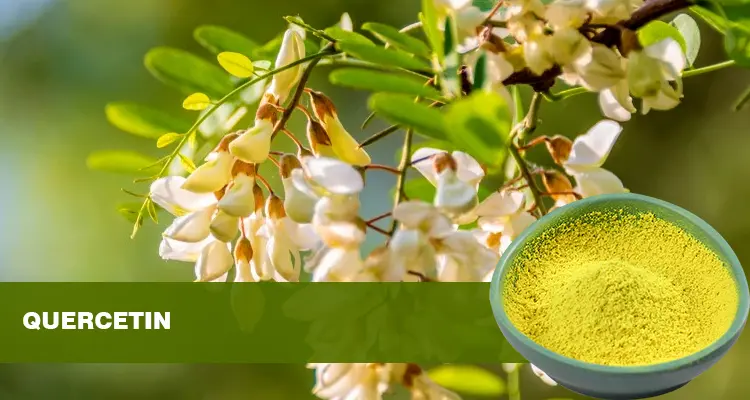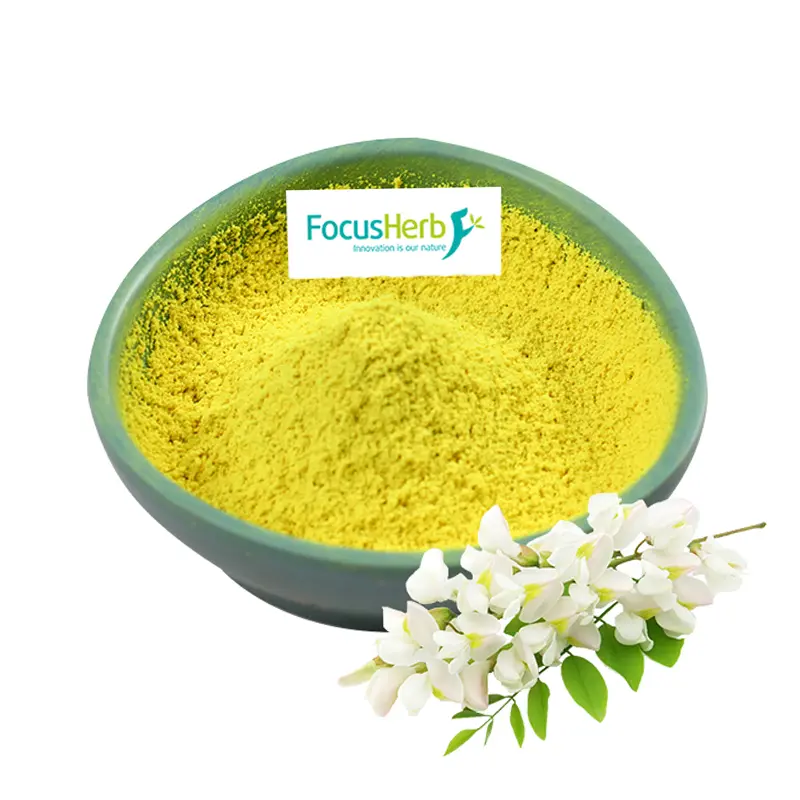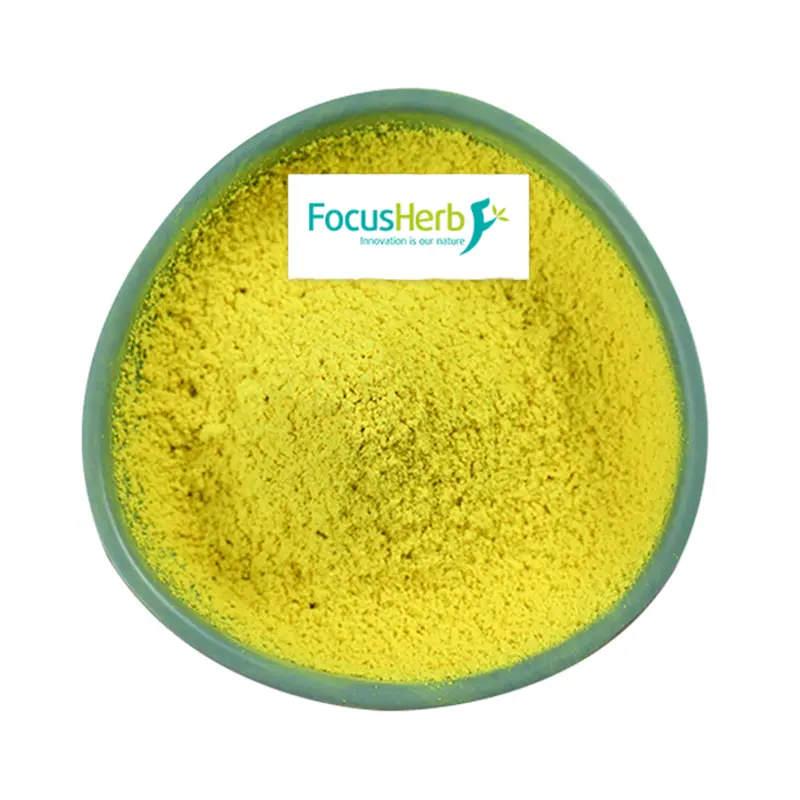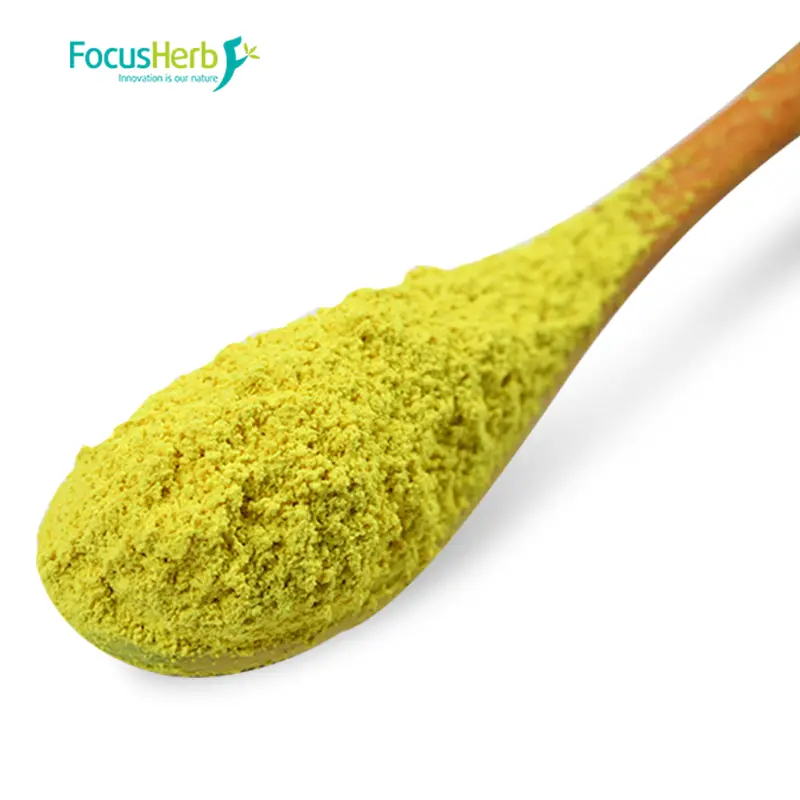When we look in the mirror, we might notice, in a fleeting moment, that the fine lines around our eyes have deepened, and our skin is no longer as firm and radiant as it was in our youth—these are all visible signs of skin aging. At the microscopic level, however, the process of skin aging is far more complex than what we see with the naked eye. It is essentially the result of the long-term accumulation of endogenous and exogenous damage, a process involving changes at multiple levels. Among exogenous factors, ultraviolet (UV)-induced photoaging is a major culprit in skin aging. Ultraviolet rays in sunlight, especially long-wave ultraviolet (UVA, wavelength 320–400 nm), have strong penetrating power and can reach deep into the skin. UVA can damage important structures in the dermis, such as collagen and elastin fibers, acting like a “molecular scissor,” cutting through the fibers that were originally arranged in an orderly manner and gave the skin firmness and elasticity. This gradually makes the skin rough, wrinkles creep onto the face, and may also cause aging signs such as telangiectasia and abnormal pigmentation. Long-term cumulative exposure to low doses of long-wave ultraviolet (UVA) radiation is sufficient to initiate the photoaging process of the skin. This low-dose radiation is ubiquitous in daily life; for example, small amounts of UVA are present in indoor fluorescent lights. Endogenous factors are equally significant, with SASP (Self-Aging Activated Skin Acids) caused by fibroblast aging being a key factor. Fibroblasts are the main cell type in the dermis and play a crucial role in maintaining skin structure and function. With age, fibroblasts gradually age, entering a special physiological state known as SASP. SASP contains various pro-inflammatory factors (such as IL-6 and IL-8), extracellular matrix components (such as TGF-β1 and IGF-binding proteins), and proteases. The continuous release of these substances is like igniting a “chronic inflammation fire” within the skin, disrupting the original homeostasis of the skin microenvironment. Pro-inflammatory factors trigger chronic inflammatory responses, stimulating the aggregation of more inflammatory cells and further damaging skin tissue; abnormalities in extracellular matrix components interfere with normal skin metabolism and repair processes; and excessive activity of proteases accelerates the degradation of the skin matrix, causing the skin to lose support and become loose and sagging. In this aging process, chronic inflammation plays a crucial role in accelerating the process. It interacts with collagen fiber breakage and SASP release, creating a vicious cycle. Inflammation accelerates matrix degradation, and the destruction of the matrix further exacerbates the inflammatory response, thus accelerating the skin aging process. A 2024 study from Keio University in Japan provided a new perspective for understanding this complex aging mechanism and brought Quercetin Dihydrate Dihydrate, a natural compound, into the public eye, offering hope for breaking this vicious cycle. The study confirmed that Quercetin Dihydrate, through multi-pathway intervention, can effectively delay the skin aging process, demonstrating powerful anti-aging potential.
 Triple Anti-Aging Mechanism: Quercetin Dihydrate Rewrites the Aging Trajectory
Triple Anti-Aging Mechanism: Quercetin Dihydrate Rewrites the Aging Trajectory
(I) Targeted Elimination of Senescent Cells: Precisely
Dismantling “Zombie Cells” Senescent cells, figuratively called “zombie cells,” no longer divide and proliferate, but stubbornly “occupy” skin tissue, continuously releasing SASP, like a “time bomb” hidden deep in the skin, constantly eroding the skin’s healthy microenvironment. The “golden duo” of Quercetin Dihydrate and dasatinib—the D+Q combination—acts like a precise “surgical knife,” specifically identifying and eliminating these senescent cells. In the laboratory, researchers constructed a model of senescent dermal fibroblasts. When treated with the D+Q combination, a remarkable change occurred. By activating intracellular pro-apoptotic pathways, Quercetin Dihydrate played a crucial role, acting like an “apoptosis switch,” downregulating the expression of Bcl-2 protein. Bcl-2 protein, normally a “brake” on apoptosis, is downregulated, allowing pro-apoptotic signals to flow freely, inducing up to 80% of senescent cells to undergo apoptosis. Like autumn leaves swept away by the wind, these “zombie cells” are cleared from the skin tissue. To further verify this effect, researchers established a human-mouse chimeric model, transplanting human skin tissue into mice and then treating them with the D+Q combination. The results showed a significant reduction in SA-β-gal positive cells in the treatment group, with a reduction of up to 60%. SA-β-gal is an important marker of senescent cells, and its significant decrease clearly indicates the effective removal of senescent cells. Simultaneously, p21 protein expression also decreased by 45%. p21 protein is closely related to cellular senescence, and its reduction further confirms the targeted removal effect of Quercetin Dihydrate on senescent cells. This purifies the skin microenvironment at its source, laying the foundation for healthy skin regeneration, like replacing polluted soil with fertile new soil, allowing skin cells to thrive in a healthy environment.
(II) Dual-Effect Antioxidant and Anti-inflammatory Defense
Free Radical Scavenging: Free radicals are the “number one enemy” of skin aging. They are like a group of active “small bombs,” rampaging through skin cells, attacking important biomolecules such as cell membranes, proteins, and DNA, leading to oxidative damage and accelerating the skin aging process. Quercetin Dihydrate, as a natural flavonol, possesses a unique polyphenolic hydroxyl structure, making it a “nemesis” of free radicals.
When free radicals rampage within skin cells, Quercetin Dihydrate can quickly step in, using its polyphenolic hydroxyl structure to react with free radicals by providing hydrogen atoms, capturing them and converting them into relatively stable substances, thereby preventing further damage to cells. In in vitro cell experiments, researchers exposed skin cells to a free radical environment and then treated them with Quercetin Dihydrate Surprisingly, the intracellular ROS (reactive oxygen species, a type of free radical) level was significantly reduced, by 40%-60%. Compared to vitamin C at the same concentration, Quercetin Dihydrate exhibits superior free radical scavenging capabilities, demonstrating powerful antioxidant properties. Like a valiant guardian, it constantly protects skin cells from free radical damage. Inflammation cascade blocking: Chronic inflammation is another significant contributor to skin aging. Like a “slow fire,” it continuously burns within the skin, damaging its normal structure and function. Quercetin Dihydrate possesses strong anti-inflammatory capabilities, capable of blocking the inflammatory cascade reaction at multiple stages, building a robust “anti-inflammatory defense line” for the skin. The occurrence of inflammatory responses is often accompanied by the activation of a series of signaling pathways, among which the NF-κB pathway is one of the key pathways for inflammatory signal transduction. When the skin is stimulated by external stimuli or inflammatory factors released by aging cells, the NF-κB pathway is activated, leading to the massive secretion of inflammatory factors such as IL-6 and TNF-α, triggering an inflammatory response. Quercetin Dihydrate can precisely target the NF-κB pathway, inhibiting its activity, much like installing a “brake” on this inflammatory signaling pathway, thereby reducing the secretion of inflammatory factors such as IL-6 and TNF-α, and curbing inflammation at its source. Simultaneously, Quercetin Dihydrate can downregulate the activity of COX-2 enzymes. COX-2 enzymes participate in the synthesis of prostaglandins during inflammation, and downregulating their activity can effectively alleviate skin redness and inflammatory symptoms. In a UV-induced dermatitis model, treatment with Quercetin Dihydrate significantly repaired skin inflammation symptoms, with a marked reduction in erythema and edema, fully demonstrating the remarkable anti-inflammatory efficacy of Quercetin Dihydrate.
(III) Collagen Ecosystem Remodeling: A Complete Chain of Protection from Synthesis to Restoration
Collagen is a key substance for maintaining skin firmness and elasticity. It acts like the “steel bars” of the skin, supporting its structure and keeping it smooth and firm. As we age and are affected by external factors such as ultraviolet radiation, collagen synthesis in the skin decreases while degradation accelerates, leading to loss of skin elasticity, deepening wrinkles, and sagging. Quercetin Dihydrate plays a crucial role in collagen remodeling, protecting collagen in the skin from synthesis to protection. In promoting collagen synthesis, Quercetin Dihydrate can enhance the expression of the HES1 gene in fibroblasts. The HES1 gene acts like a “collagen synthesis commander,” and increased expression effectively boosts the synthesis of type I collagen. Studies have shown that Quercetin Dihydrate-treated fibroblasts can increase type I collagen synthesis by more than 30%, providing the skin with ample “reinforcing steel” and restoring firmness and elasticity. Simultaneously, Quercetin Dihydrate can inhibit the activity of matrix metalloproteinase-1 (MMP-1). MMP-1 acts like a “collagen scissors,” specifically responsible for degrading collagen; increased MMP-1 activity accelerates collagen degradation, leading to skin laxity. Quercetin Dihydrate reduces collagen degradation by up to 25% by inhibiting the activity of MMP-1, acting like a lock on the “collagen scissors” to protect skin collagen from excessive damage. Quercetin Dihydrate derivatives in rhododendron extract exhibit powerful collagen-remodeling capabilities, increasing the density of dermal elastic fibers by 18%, further enhancing skin elasticity, effectively delaying the deepening of wrinkles and skin sagging, and restoring youthful radiance to the skin.
Application Scenarios: Unlocking the Anti-Aging Potential of Quercetin Dihydrate in Multiple Dimensions
(I) Functional Skincare Products: Precise Anti-Aging Solutions Delivered Transdermally
In the pursuit of youthful skin, functional skincare products have become a powerful assistant in daily anti-aging, and Quercetin Dihydrate, with its outstanding anti-aging effects, occupies an important position in the field of functional skincare products. From the perspective of core formulas, some high-end skincare products cleverly utilize rhododendron extract, which is rich in 14 flavonoid components, of which Quercetin Dihydrate accounts for as much as 25%, making it a well-deserved “anti-aging champion.” Its combination with dihydro Quercetin Dihydrate produces a remarkable synergistic effect, significantly increasing transdermal absorption by 3 times. This is like finding a “transdermal key” for Quercetin Dihydrate, allowing it to more easily penetrate the skin barrier and reach deep into the skin’s layers to exert its anti-aging effects. Well-known products such as Proya’s Double Anti-Aging Essence and SK-II’s R.N.A. Power Cream employ similar formulation strategies, incorporating highly effective anti-aging ingredients like Quercetin Dihydrate to provide comprehensive anti-aging care for the skin, making them popular among consumers. Quercetin Dihydrate also exhibits a powerful synergistic effect in functional skincare products. When used in combination with niacinamide, it works synergistically, increasing NAD+ levels by 20%. NAD+ is an important coenzyme within cells, participating in numerous cellular metabolic processes. Increased NAD+ levels help accelerate DNA repair, allowing damaged cellular DNA to be repaired promptly, maintaining normal cell function, and thus delaying skin aging. When combined with Pro-Xylane, Quercetin Dihydrate promotes glycosaminoglycan synthesis. Glycosaminoglycans are an important component of the extracellular matrix in the dermis; they act like the skin’s “springs,” strengthening the supporting structure of the dermis, making the skin firmer and more elastic, reducing wrinkles, and restoring youthful radiance.
(II) Dietary Supplementation: Building the Foundation for Endogenous Anti-Aging
Besides topical skincare products, dietary supplementation with Quercetin Dihydrate is also an effective way to achieve endogenous anti-aging, laying a solid foundation for healthy skin. Studies have shown that daily intake of 50-100mg of Quercetin Dihydrate, roughly equivalent to the Quercetin Dihydrate content in 500g of onions or 200g of blueberries, can increase plasma antioxidant capacity by 30%. This means that the body’s antioxidant defense system is strengthened, better able to resist free radical damage, reduce oxidative stress damage to body cells, and slow down the aging process from within. Simultaneously, serum IL-6 concentration decreases by 15%. IL-6 is an important inflammatory factor; its decrease indicates that the level of chronic inflammation in the body is effectively controlled, further reducing the adverse effects of inflammation on the skin and helping to maintain healthy skin. To better leverage the anti-aging effects of Quercetin Dihydrate, clinical recommendations suggest combining Quercetin Dihydrate supplementation with vitamin C and pterostilbene. Vitamin C acts as an “absorption booster” for Quercetin Dihydrate, promoting its absorption and allowing the body to better utilize its nutrients. Pterostilbene, on the other hand, forms a powerful “combination punch” with Quercetin Dihydrate in terms of anti-inflammatory effects. Its excellent anti-inflammatory capabilities, working synergistically with Quercetin Dihydrate, enhance the anti-inflammatory effect and jointly create a healthy internal environment for the body. This “external protection and internal repair” anti-aging combination works from both internal and external levels to comprehensively protect skin health, making it an ideal choice for delaying skin aging.
(III) Pharmaceutical Applications: From Problem Skin to Photodamage Repair
In the pharmaceutical field, Quercetin Dihydrate has shown even greater application potential, especially in addressing photoaging-related diseases, bringing new hope to patients. For photoaging-related diseases such as seborrheic keratosis and photodermatitis, the Quercetin Dihydrate nanoliposome targeted delivery system has become an effective treatment method. This targeted delivery system acts like a precise “missile,” accurately delivering Quercetin Dihydrate to the lesion site. Upon reaching its target area, it reduces inflammatory infiltration, acting like a “firefighting operation” to quickly alleviate symptoms. Simultaneously, it accelerates keratinocyte renewal and promotes skin cell metabolism, allowing damaged skin cells to be replaced by new cells more quickly, thus repairing the skin. In clinical trials, this treatment has achieved significant results, with an effectiveness rate of up to 78% and a 50% reduction in recurrence rate. This means that most patients experience effective control of their condition after treatment, with a significantly reduced likelihood of recurrence. This opens a new avenue for the treatment of photoaging-related diseases, allowing patients to escape the torment of skin diseases and regain healthy skin.
Future Outlook: Advanced Directions for Quercetin Dihydrate’s Anti-Aging Effects
With ongoing research, Quercetin Dihydrate has shown a broader prospect for development in the field of delaying skin aging. Currently, improving the water solubility and bioavailability of Quercetin Dihydrate is one of the key research directions. Due to its poor water solubility, Quercetin Dihydrate’s absorption and utilization in the body are limited to some extent, affecting the full realization of its anti-aging effects. To solve this problem, scientists are actively exploring new technologies and methods. Nanocrystal preparation technology has become a key means to overcome this bottleneck. Through nanocrystal preparation technology, the solubility of Quercetin Dihydrate has been significantly improved, by as much as 50 times. This allows Quercetin Dihydrate to dissolve better in solution, laying a good foundation for its subsequent absorption and utilization. At the same time, the transdermal absorption rate has also significantly increased from the original 5% to 22%, meaning that more Quercetin Dihydrate can penetrate the skin barrier and reach the deeper layers of the skin to exert its anti-aging effects. This discovery opens a door to the deeper layers of the skin for Quercetin Dihydrate, allowing it to act more effectively on skin cells and slow down the aging process. The development of single-cell sequencing technology has also provided a powerful tool for further elucidating the mechanism of action of Quercetin Dihydrate. Through single-cell sequencing, scientists have discovered that Quercetin Dihydrate can upregulate the KLF6 transcription factor. KLF6 plays a crucial regulatory role in the growth, differentiation, and aging of skin cells, and Quercetin Dihydrate’s upregulation of it further reveals the potential mechanism by which Quercetin Dihydrate slows down skin aging. This discovery provides a more solid theoretical foundation for the application of Quercetin Dihydrate and points the way for the development of novel anti-aging products based on Quercetin Dihydrate. Based on these research findings, Quercetin Dihydrate is expected to evolve from a single anti-aging ingredient into a core component of multi-target anti-aging solutions. In the future, scientists may rationally combine Quercetin Dihydrate with other anti-aging ingredients to create a synergistic effect, achieving multi-target, comprehensive intervention in skin aging. Just like forming a powerful anti-aging “joint force”, the various ingredients work together to fight skin aging, bringing people more significant anti-aging effects, allowing the skin to regain its youthful glow, and opening up a new path to delaying skin aging.
Redefining the Logic of Anti-Aging—From “Repairing Damage” to “Active Anti-Aging”
The anti-aging value of Quercetin Dihydrate lies not only in removing senescent cells or inhibiting wrinkles, but also in building a three-dimensional anti-aging system of “prevention-repair-regeneration.” Whether delivered transdermally in skincare products or through dietary supplementation to regulate the internal environment, its fundamental role is to activate the skin’s ability to rejuvenate itself. With breakthroughs in delivery technology and mechanism research, this natural flavonoid is leading the anti-aging field in a paradigm shift from “symptomatic treatment” to “precision prevention.”
In the future, with continued in-depth research and technological innovation, Quercetin Dihydrate will shine even brighter in the field of delaying skin aging, bringing more surprises about youth and beauty to people, allowing skin to truly “reverse aging” and ushering in a new chapter in proactive anti-aging.



















 Triple Anti-Aging Mechanism: Quercetin Dihydrate Rewrites the Aging Trajectory
Triple Anti-Aging Mechanism: Quercetin Dihydrate Rewrites the Aging Trajectory

